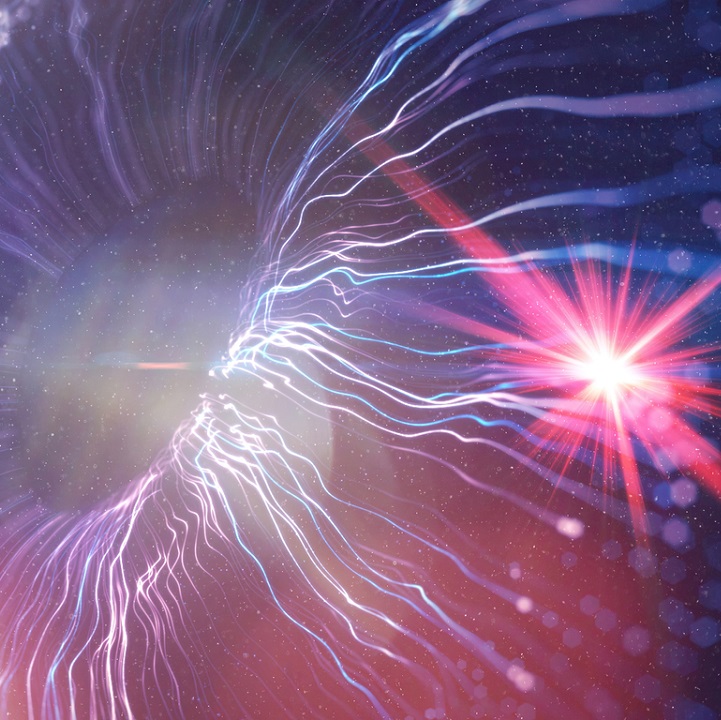The recent seismic changes in the labor market have elevated the role of the recruiter. Businesses now rely on recruiters to not only fill open roles but to help mitigate future skills gaps, improve DE&I efforts and navigate an ever-changing talent landscape. But recruiters often find their days tied up with mundane, repetitive tasks that keep them from spending time building relationships with candidates or prioritizing more strategic work.
There’s been a lot of buzz within the recruitment industry about how emerging technologies such as generative AI can help overcome these challenges. A LinkedIn survey from earlier this year found that two-thirds (68%) of hirers surveyed were “very hopeful” or “cautiously optimistic” about the impact of generative AI on recruiting. The areas where recruiters particularly thought generative AI could help were automating repetitive tasks (74%), making it faster and easier to source candidates (67%) and making it easier to engage candidates (59%).
To help recruiters, LinkedIn recently rolled out two new generative AI products designed to automate some of their more mundane, repetitive tasks, thereby enabling them to devote more time to more valuable work.
AI-Assisted Messages
In May, LinkedIn introduced AI-assisted messages in LinkedIn Recruiter. Applying its own generative AI model trained on successful InMails, the new feature will use information from the candidate’s profile, the job description and the recruiter’s company to draft a personalized message to get the conversation started.
When recruiters personalize InMails, they see up to a 40% increase in acceptance rates, according to LinkedIn data. However, manually researching each candidate and personalizing every message is nearly impossible to do at scale. By using AI to supercharge these efforts, recruiters can save time, increase candidate engagement and build meaningful connections. The company rolled this product out in English to a handful of customers in Europe and the United States in May, with a broader distribution taking place in June.
AI-Powered Job Descriptions
In March, LinkedIn also announced it was testing AI-powered job descriptions, leveraging an advanced OpenAI GPT model to help hirers find qualified candidates.
With AI-powered job descriptions, all job posters need to do is provide starter information — such as job title, company name, workplace type, job type and location — and the tool will create a description the poster can review and edit. LinkedIn is also enabling recruiters to enhance their job descriptions by choosing someone in their network who has skills similar to what they’re looking for in their next hire and incorporating those skills into the job description. For example, if Joe is looking for a full-stack web developer role, he can base his job description on Susan, a connection who has experience in the field.
This tool is being tested in English in the US, India, UK, Canada and Australia, with a global roll-out planned for later this year.
The Buzz
It’s clear that generative AI holds huge potential to improve recruiters’ lives, and it will be exciting to see how this technology evolves in the coming months and years. While this may begin with assisting recruiters with their day-to-day tasks, LinkedIn’s use of AI demonstrates the capability to significantly improve efficiency, accuracy and engagement in the overall recruiting process.







